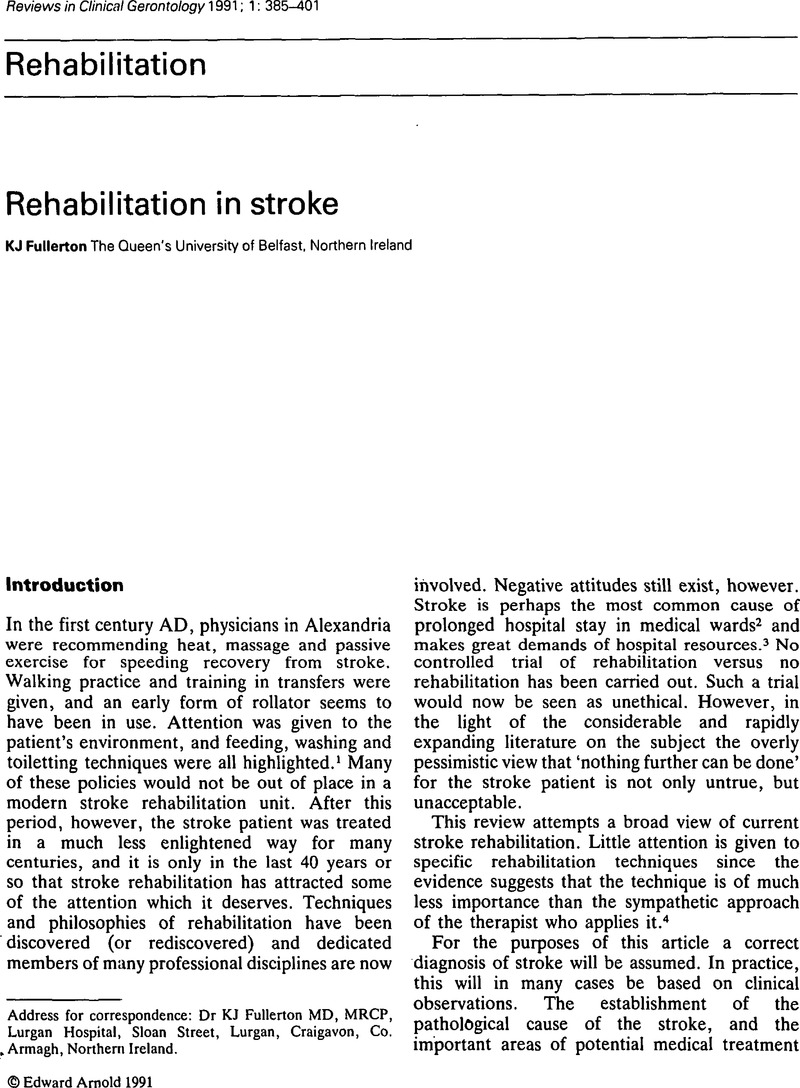Crossref Citations
This article has been cited by the following publications. This list is generated based on data provided by Crossref.
Prada, Gabriel
and
Tallis, Raymond
1995.
Treatment of the neglect syndrome in stroke patients using a contingency electrical stimulator.
Clinical Rehabilitation,
Vol. 9,
Issue. 4,
p.
304.
Hunt, Debbie
and
Smith, Jonathan A
2004.
The personal experience of carers of stroke survivors: an interpretative phenomenological analysis.
Disability and Rehabilitation,
Vol. 26,
Issue. 16,
p.
1000.
Walton, Timothy
Vincent, Mary
Richards, Jim
and
Davidson, Ian
2005.
Usefulness of digital gait analysis for assessing patients with Guillain-Barré syndrome.
International Journal of Therapy and Rehabilitation,
Vol. 12,
Issue. 9,
p.
388.





